Here where you can take a look at the top Samsung Galaxy M30s review to understand what are the terminologies related to Samsung Galaxy M30s specs, in terms of battery capacity, CPU type, screen size, etc. Consequently, you will find out their meanings well, and you will be able to make the proper decision when you buy a new smartphone.
Samsung corporation announced Samsung Galaxy M30s mobile phone model on 9/18/2019, and released in 2019, October 30. However, this model’s status in the market is Available.
Samsung Galaxy M30s has a 6.4 inches, 100.5 cm2 display size
Samsung Galaxy M30s has 64GB 4GB RAM, and 6000 mAh battery life (the more mAh value gives more strength to the battery). When you buy Samsung Galaxy M30s, you will gain a 48 MP, f/2.0, 26mm (wide), 1/2.0″, 0.8µm, PDAF rear camera and 16 MP, f/2.0, 25mm (wide), 1/3.06″, 1.0µm selfie camera.
Samsung Galaxy M30s comes with the following performance and platforms:
* Android 9.0 (Pie), upgradable to Android 11, One UI 3.0 OS,
* Exynos 9611 (10nm) Chipset, Octa-core (4×2.3 GHz Cortex-A73 & 4×1.7 GHz Cortex-A53) Processor.
To get a full good Samsung Galaxy M30s review and make a well-informed decision on what device you will purchase, continue reading the following lines.
The Body Features – Samsung Galaxy M30s Review
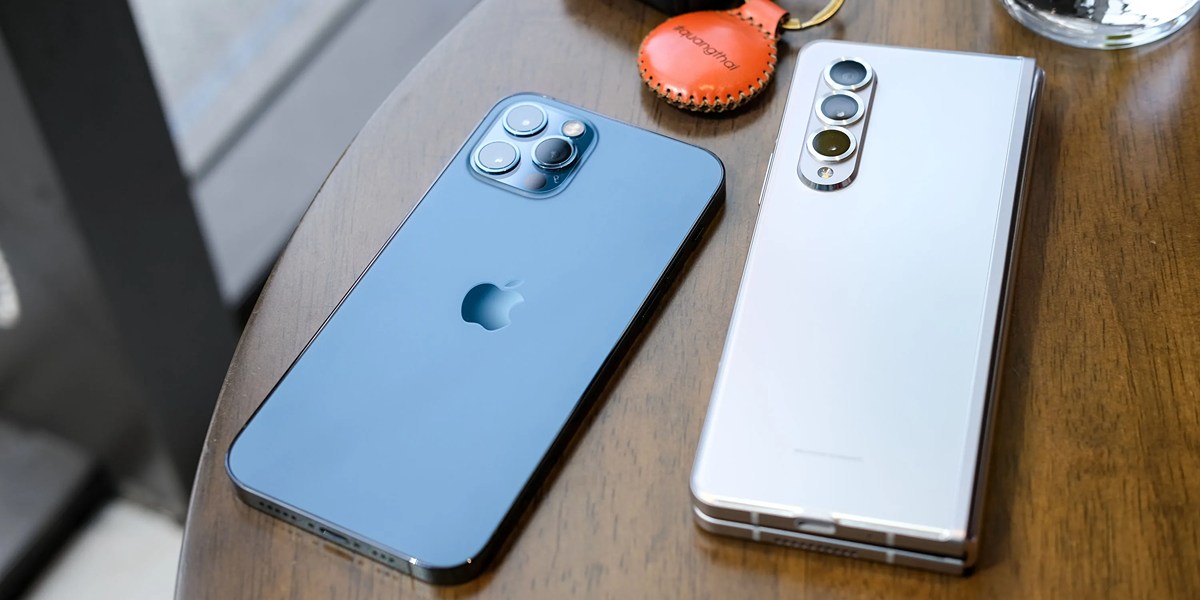
cellular phone’s body features are very important to be taken into account while thinking to buy a new device. These specifications are the body dimensions, the body weight, and the body build. In these following lines, you will find Samsung Galaxy M30s review in terms of the body characteristics.
* Body Dimensions: 159 x 75.1 x 8.9 mm (6.26 x 2.96 x 0.35 in) which means height, width, and thickness (depth) respectively.
* Body Weight: 188 g (6.63 oz).
Any weight between 140g and 170g is deemed suitable for smartphones and is good for the majority of customers.
* Body Build: Glass front, plastic back, plastic frame.
You could find the following kinds of cellular phone’ body:
* Metal. It is the more powerful one in terms of saving the devise components, that’s because it’s made of metals.
* Plastic. Because it doesn’t bend, this type could be more durable than metal. Also, It works for a longer period of time than a glass one because it doesn’t crash easily.
* Glass. In spite of the brittle nature of glass makes it more breakable, this type of mobile phone’s body looks more shiny and attractive.
Samsung Galaxy M30s Review of The Available Colors
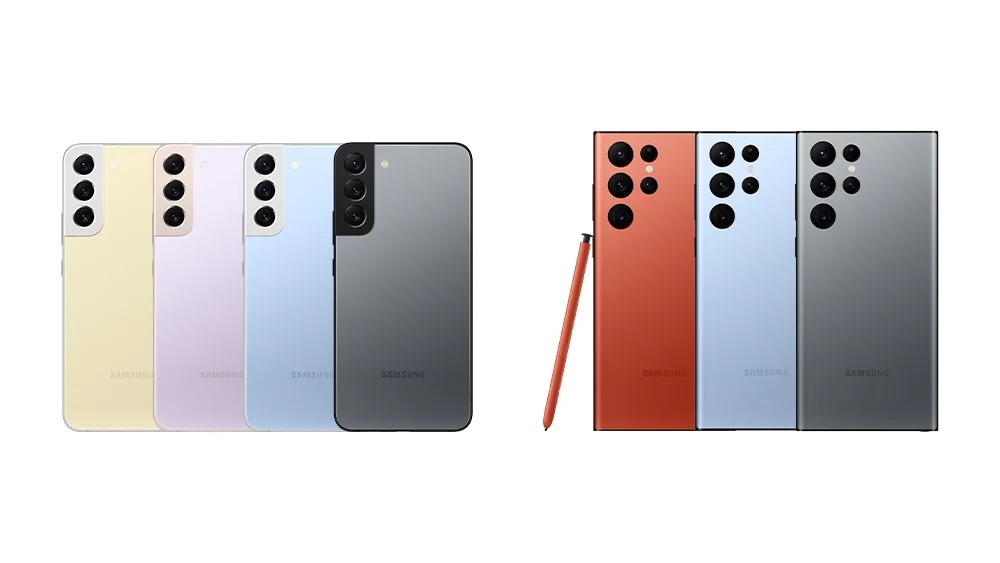
Modern smartphones come in a variety of colors. Companies are also experimenting with gradient colors in addition to solid color devices.
Samsung Galaxy M30s comes in the following colors: Opal Black, Sapphire Blue, Pearl White.
Knowing Display features Using Samsung Galaxy M30s Review
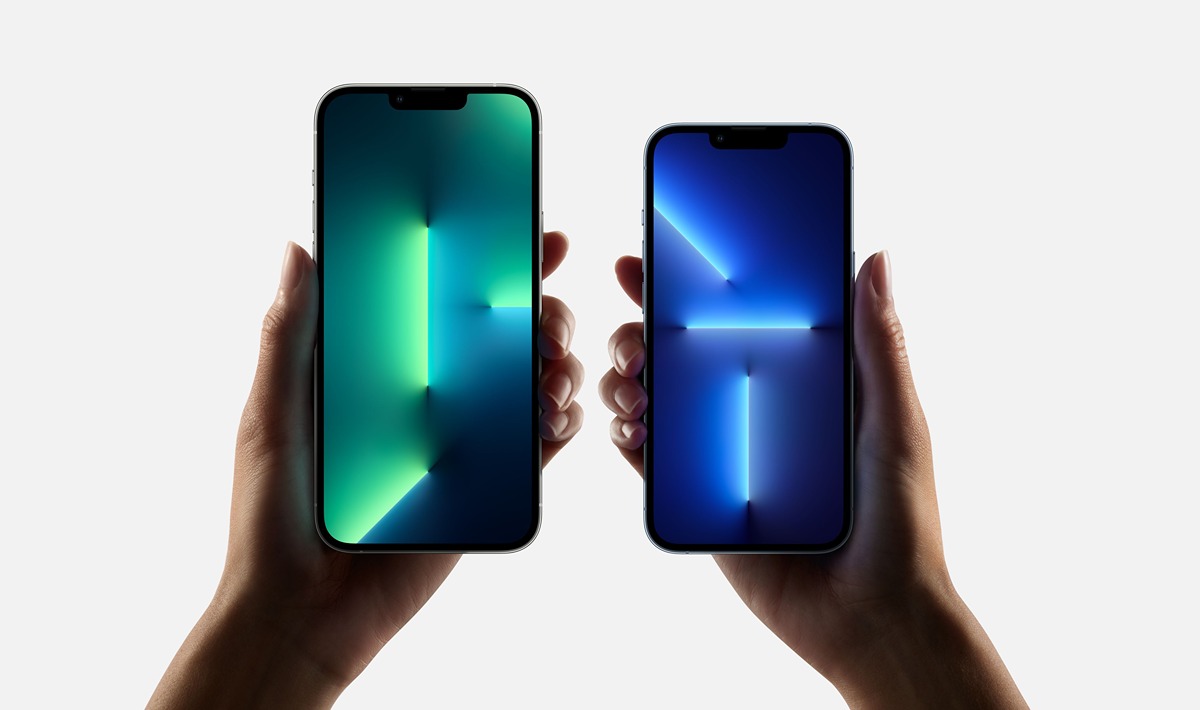
The screen has always been an essential component of cellular phone. Still, ever since the advent of full-screen touch smartphones, it has become imperative for manufacturers to offer the best display devices to consumers, which will boost the viewing and gaming experience.
Read on to learn more about the crucial display characteristics of Samsung Galaxy M30s.
Display Type: Super AMOLED – Always select a screen kind that provides genuine black and more vibrant colors.
Display Size: 6.4 inches, 100.5 cm2 – These days, smartphones feature screens that measure between 4.7 and 6.5 inches.
Display Nits Peak: 420 nits (peak). It is the brightest possible light. emitted by the screen. Values above 500 nits is enough to use on a sunny day.
Display Nits Full: 420 nits (peak),.
Screen To Body Ratio: (~84.2% screen-to-body ratio). It provides the percentage of how much the screen covers the front side. Smartphones that have the largest screen-to-body ratio look delicate and that give them a premium look.
Display Ratio: 19.5:9 ratio. the Aspect ratio is the relevance between the height and width of the smartphone screen. Taller aspect ratios like 19.5:9 is coming with the most modern smartphones, and it is suitable for web browsing, and other portrait orientation apps.
Display Resolution: 1080 x 2340 pixels. It is the clarity of an image video in detail and sharpness. The pixel resolution for high-definition screens is 1920 x 1080.
Display Density: (~403 ppi density). It is the number of physical pixels per inch on a screen and is measured in Pixels Per Inch (ppi).
Samsung Galaxy M30s Review of The Camera Specs
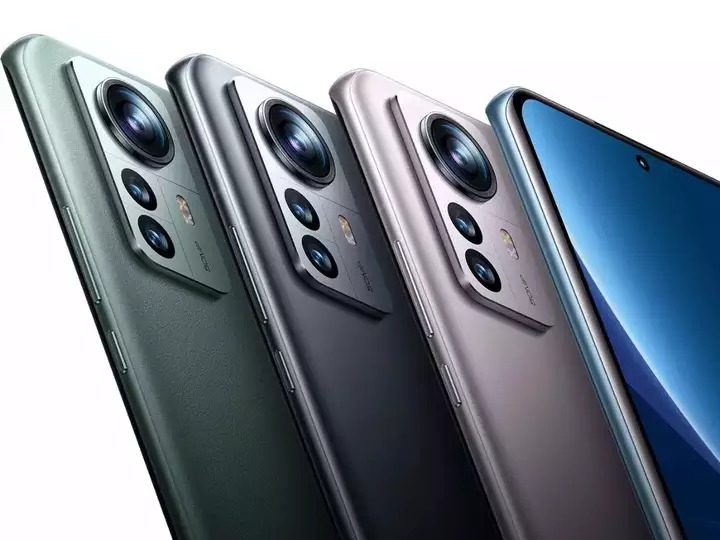
In the following lines, you will find Samsung Galaxy M30s review about the main cameras.
* Main Camera Single: 48 MP, f/2.0, 26mm (wide), 1/2.0″, 0.8µm, PDAF.
The following lines explain some of the symbols included in the camera characteristics:
MP (Megapixels) is the resolution of the image taken by a cellular phone.
(f value) is the aperture of a lens that indicates how much light it lets in. A bigger aperture lets in more light, whilst a smaller aperture lets in less light.
(mm value) This measurement is of the lens’s focal length, which affects the final image that is produced by your camera.
AutoFocus (AF) is the function of a camera to automatically focus on a subject.
* Main Camera Dual: 8 MP, f/2.2, 12mm (ultrawide), 1/4.0″, 1.12µm
* Main Camera Triple: 5 MP, f/2.2, (depth)
The main camera features are as follows:
HDR, panorama, 4K@30fps, 1080p@30fps, gyro-EIS main video camera.
In the following lines, you will find Samsung Galaxy M30s review of the selfie camera:
* Selfie Camera Single: 16 MP, f/2.0, 25mm (wide), 1/3.06″, 1.0µm
The main camera specifications are:
Auto-HDR, 1080p@30fps, gyro-EIS Selfie video camera.
Samsung Galaxy M30s Review of the SIM Card

A SIM card, also known as a Subscriber Identity Module, is a microchip that stores information including user identity, phone number, network authorization data, personal security keys, and contact lists. A SIM card connects a cellular phone to a specific mobile network to use its functions, like making calls, and connecting to internet services such as 3G, 4G LTE (please refer to Samsung Galaxy M30s 3G or Samsung Galaxy M30s 4G articles ) and 5G, or sending SMS messages. Please note that it’s possible to use your cell phone without a SIM card as a personal assistant device.
This phone model comes with Dual SIM (Nano-SIM, dual stand-by) card. For more information, refer to How to insert SIM card in Samsung Galaxy M30s article.
Here are the popular SIM card types:
* Nano-SIM. This removable SIM card size is the smallest available one, so it is the most modern one (other than eSIMs, which we’ll talk about it very soon) and it’s used by the vast majority of current devices.
* Micro-SIM. They have a little bit larger chip, and they’re rarely been used in recent years.
* Standard SIM (Mini-SIM). It is the biggest SIM card size in use, and it’s the most rarely used.
* eSIM. It is an embedded SIM card, i.e., you can’t take it off of your cellular phone.
Chipset, CPU, and GPU – Samsung Galaxy M30s Review

This model has Exynos 9611 (10nm) chipset.
A chipset on a mobile phone is most usually referred to as a system-on-chip (SoC). It is an integrated circuit that houses all of a device’s essential parts on one chip. The most popular types are Qualcomm Snapdragon, MediaTek chipsets, and Intel Atom.
Samsung Galaxy M30s has Octa-core (4×2.3 GHz Cortex-A73 & 4×1.7 GHz Cortex-A53) CPU.
The higher the number of cores, and the higher the processing speed the better the processor’s performance will be.
Samsung Galaxy M30s has the following GBU (Graphics Processing Unit): Mali-G72 MP3.
This chip is responsible for processing and accelerating all graphics jobs, and a faster GPU means a more powerful device.
Storage Features – Samsung Galaxy M30s Review
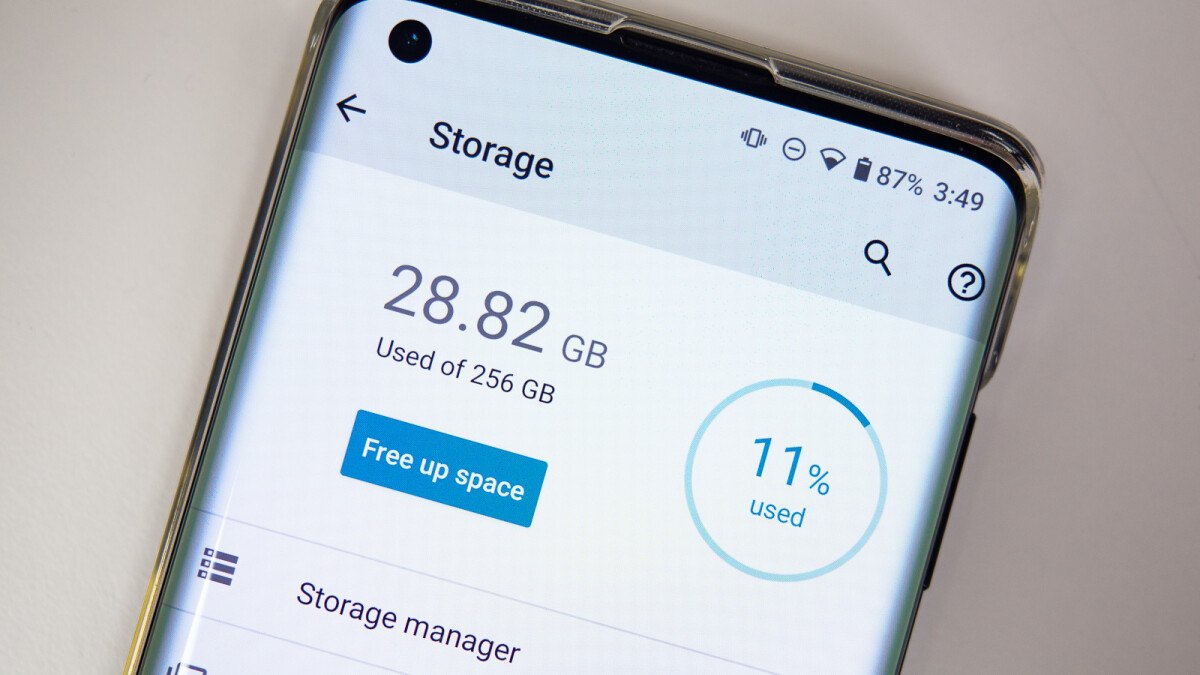
One of the essential deciding factors when you intend to purchase a new mobile phone is the amount of storage it offers. Actually, Samsung Galaxy M30s comes with a microSDXC memory card slot, and the following internal memory: 64GB 4GB RAM – 128GB 4GB RAM – 128GB 6GB RAM
There are two types of phone’s memory:
Internal: It is integrated inside the phone, and can’t be expanded. These days, most mobile phones come with an internal memory of at least 32GB or 64GB and a few high-end models feature 256GB or 512GB.
External: It is a removable SD card used as extra storage to save photos, music, videos, etc., regardless of the kind of SD card slot.
Samsung Galaxy M30s Review – Mobile Networks and Connectivity

The complicated architecture used by mobile networks involves base stations sending radio waves inside hexagonal areas known as “cells” (hence mobiles also known as cellular phones). In order to prevent any signal-deficient locations, thousands of cells interfere across several geographic zones. 3 different network kinds exist today: 3G, 4G, and 5G. These networks have the ability to pick up and deliver mobile communications as well as transmit and receive data and information.
Samsung Galaxy M30s supports the following networks: 3G. For more information, refer to Samsung Galaxy M30s 3G article. – 4G. For more information, refer to Samsung Galaxy M30s 4G article.
Available Wireless Connections – Samsung Galaxy M30s Review
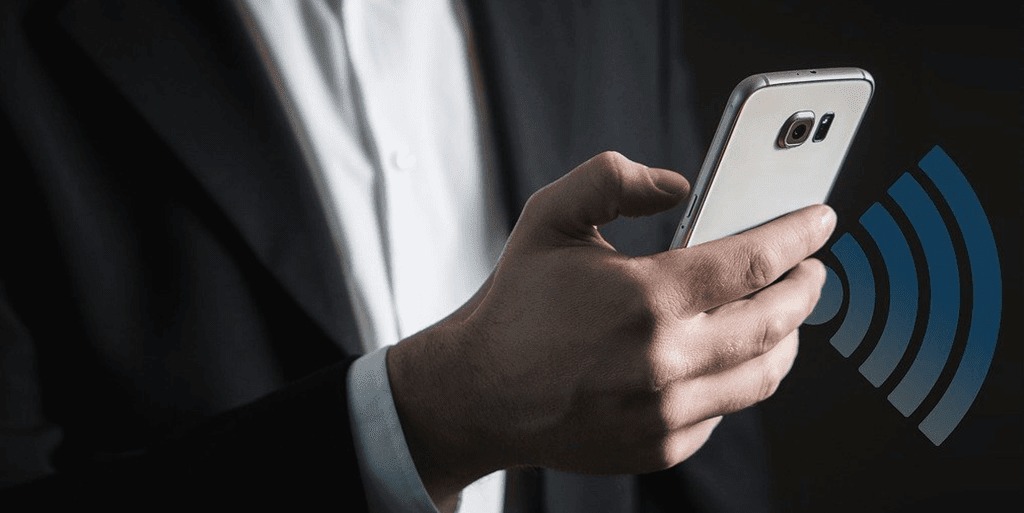
This model supports the following wireless communications:
* WLAN connection: Wi-Fi 802.11 a/b/g/n/ac, dual-band, Wi-Fi Direct, hotspot. Wireless Local Area Network depends on Wi-Fi to connect to the home or office wireless network using the local router and offers Internet access.
* Bluetooth connection: 5.0, A2DP, LE}. It is a common wireless communication protocol used to connect two devices together over short distances, allowing them to share data between different devices.
* GBS connection: Yes, with A-GPS, GLONASS, BDS. Global Positioning System enables cellphones to locate any position you need.
* NFC connection: Yes (market/region dependent)}. Near Field Communication is a wireless technology that allows your mobile phone to send data to another device when they’re close together, so it’s generally used for contactless payments. For more info, refer to NFC on Samsung Galaxy M30s article.
* USB connection: USB Type-C 2.0. Universal Serial Bus is wired technology that allows users to connect two devices, such as a smartphone with a PC, to either transfer data or charge the connected device.
* Features Sensors: Fingerprint (rear-mounted), accelerometer, gyro, proximity, compass. The sensor is a device that detects and majors the changes in the nearby environment such as ambient light and motion.
The Operating System – Samsung Galaxy M30s Review
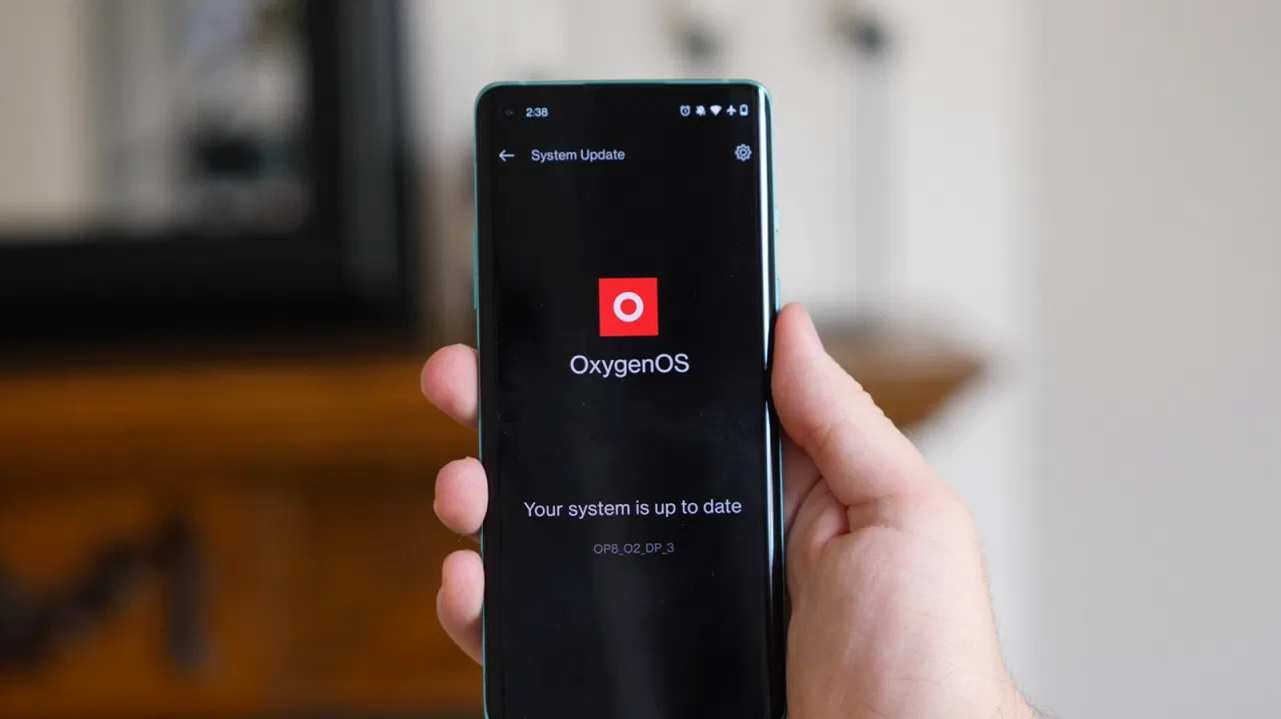
This model comes with Android 9.0 (Pie), upgradable to Android 11, One UI 3.0 operating system.
PHONE Review – The Battery Main Specifications
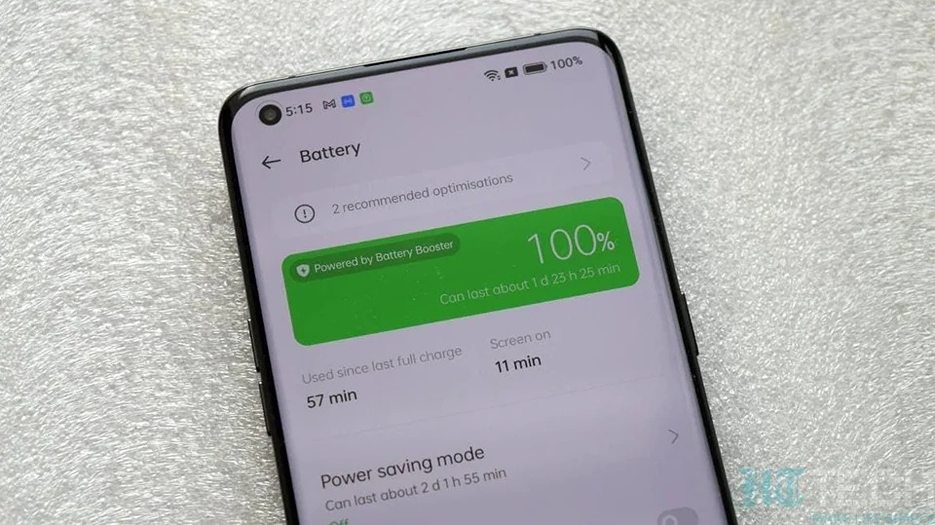
Nothing is more important than the mobile phone’s battery, which powers these devices and keeps daily life going. In the following lines, you’ll see Samsung Galaxy M30s review of its primary battery.
* Battery Technology: Li-Po.
* Samsung Galaxy M30s comes with a non-a removable battery.
* Battery Capacity: 6000 mAh. It refers to the storage capacity a specific battery can provide. A battery with a 3100 mAh capacity rating could supply a current of 3100 mA for one hour. Higher mAh ratings for the same battery type will generally mean longer working time.
* Battery Charging: {Fast charging 15W}.
The Battery Secondary Specs – Samsung Galaxy M30s Preview
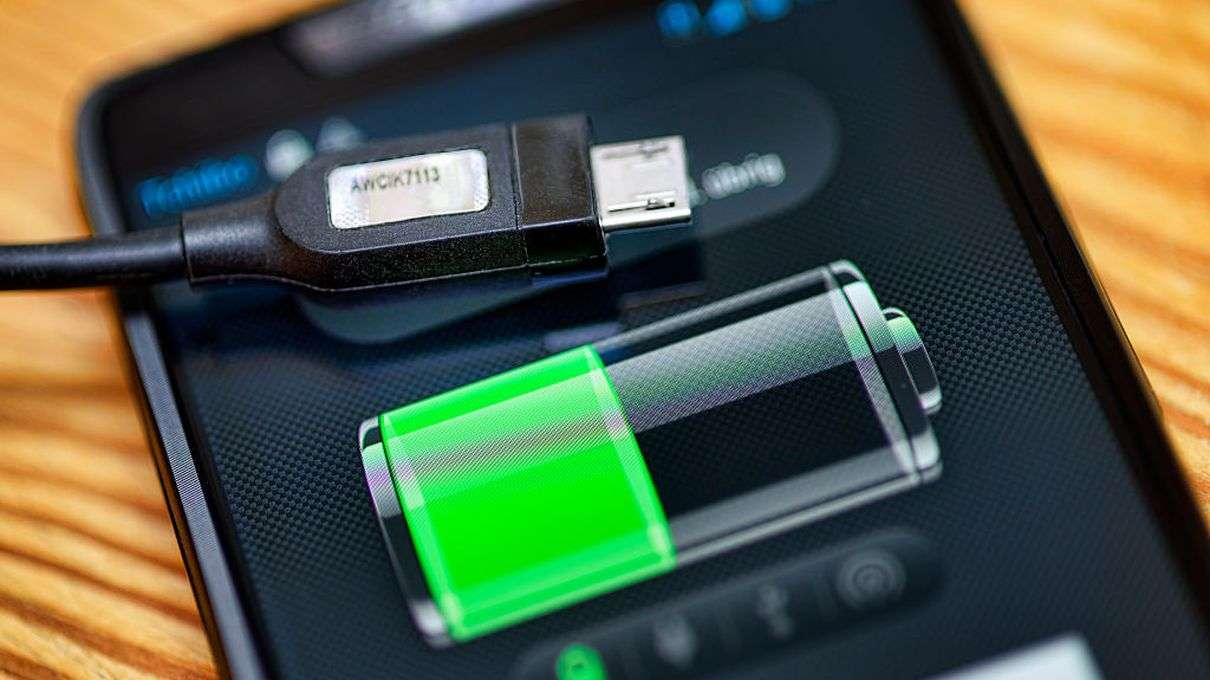
Along with the major Samsung Galaxy M30s characteristics that we just discussed, this model contains more battery-related characteristics that differ somewhat depending on the model of the smartphone. These specifications are as follows:
* Battery Charging Original: {Fast charging 15W}.

